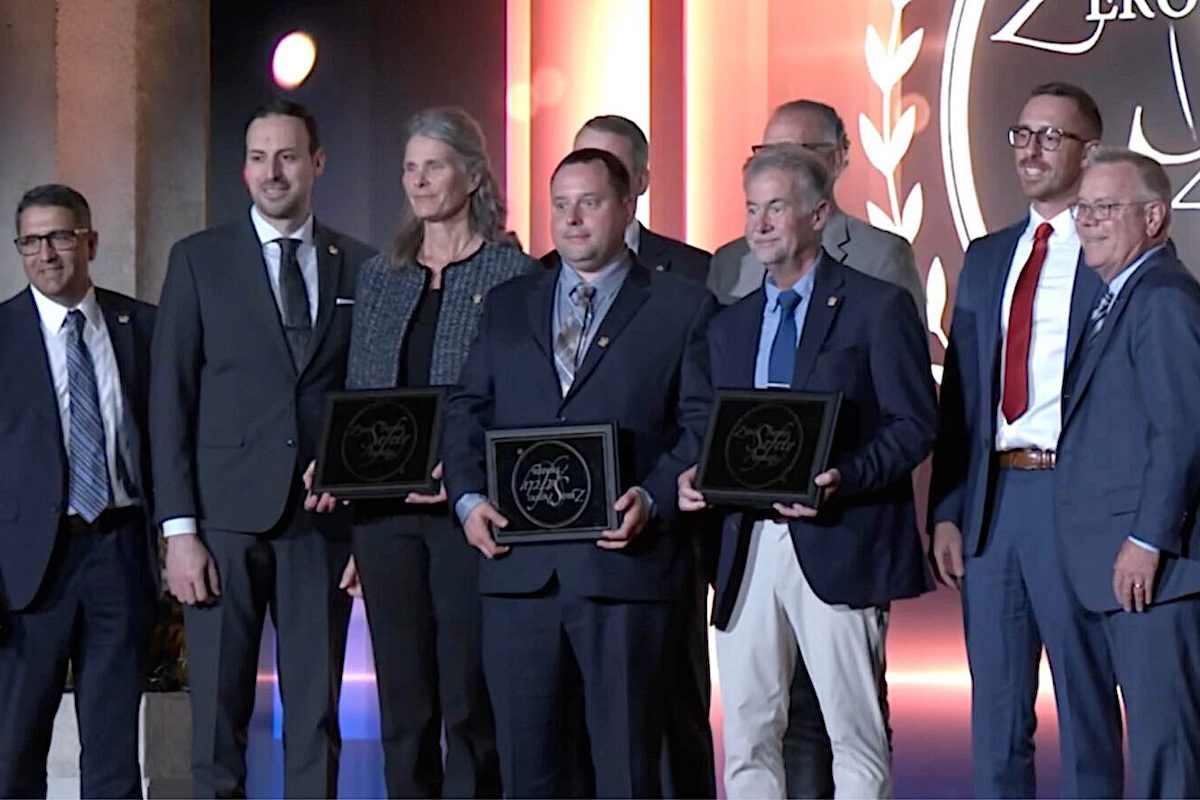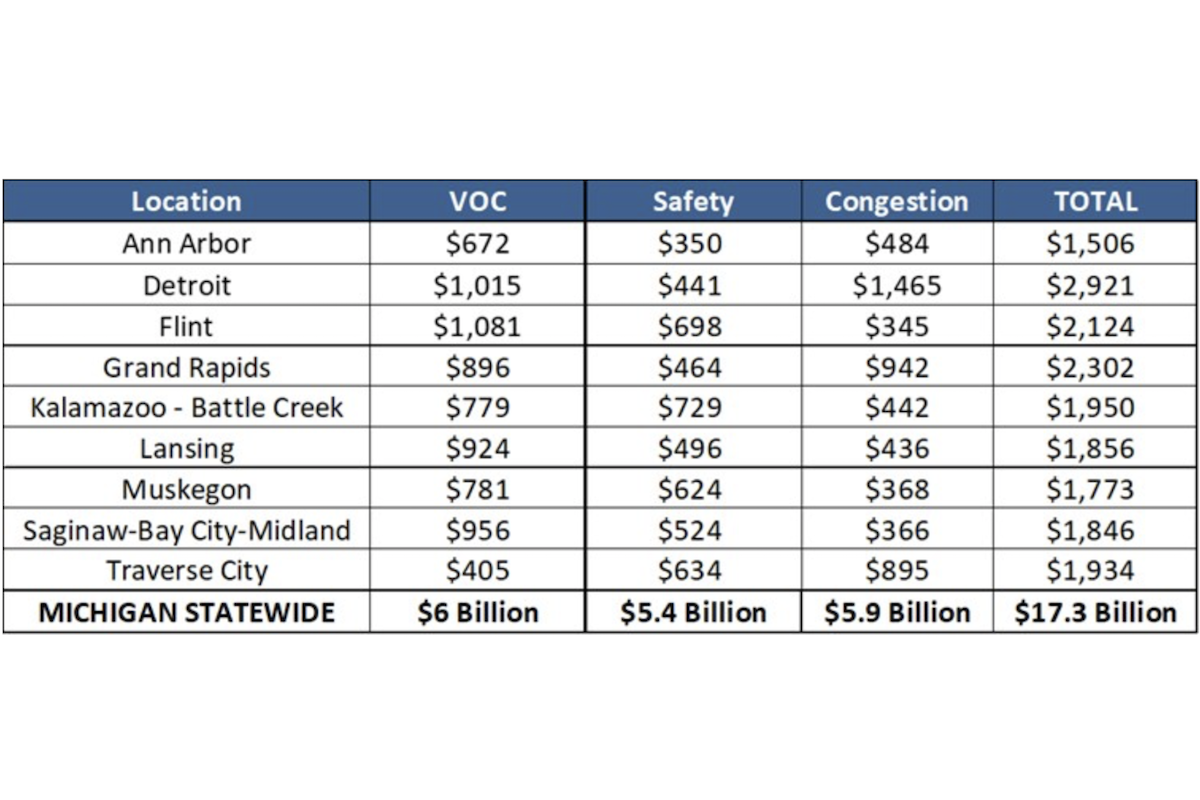The IRA includes policies that will invest in U.S. energy production, reduce carbon emissions, and ensure American infrastructure is affordable, reliable, clean, and secure. Included in the act are policies that aim to drive aggressive emissions reductions by 2030 within the building sector and $5 billion in funding to drive low-carbon procurement.
According to a group of green building leaders and advocacy organizations, the Inflation Reduction Act has the potential to reduce over 220 million tons of carbon dioxide emissions annually by 2030.
The act includes the following investments in clean procurement:
- $250 Million for Environmental Product Declarations (EPDs) Assistance, which provides funding to support the development and standardization of EPDs for construction materials by providing grants and technical assistance to manufacturers to produce EPDs and invest in transparency.
- $100 Million for Low-Embodied Carbon Labeling for Construction Materials, to identify and label low-carbon materials and products for use in federally funded transportation and building projects based on data available via EPDs.
- $2.15 Billion for Use of Low-Carbon Buildings, to be used to specify and install low-embodied carbon materials and products for use in General Services Administration-owned buildings.
- $2 Billion for Low-Carbon Transportation Grants, which reimburses and incentivizes the use of low-carbon materials and products for Federal Highway Administration projects.
- $4 Billion for Improving Climate Resilience of Affordable Housing, which will provide funding to improve the energy or water efficiency, indoor air quality and/or sustainability of projects, and implement low-carbon technologies, materials, and products to improve the climate resiliency of affordable housing.
- FEMA Building Materials Program, which provides financial assistance for the use of low-carbon materials and incentives that encourage low-carbon and net-zero energy projects.
Some construction associations expressed concerns with the IRA. Kristen Swearingen, Associated Builders and Contractors Vice President of Legislative & Political Affairs, said in statement that some potential consequences could be economic fallout, additional inflation, more workforce shortages, and high materials prices.

| Your local Deere & Co dealer |
|---|
| AIS Construction Equipment |
“While the bill provides $250 billion in incentives for clean energy projects, 83 percent of the value of these credits lies in projects that nonunion workers will be largely prevented from participating in due to these labor restrictions,” Swearingen said. “For an industry facing a workforce shortage of 650,000 in 2022, this is no time to impose restrictive labor policies that would exclude nearly nine out of 10 U.S. construction workers from building America’s energy infrastructure.”
Earlier this month, the Associated General Contractors of America (AGC) outlined its concerns to Congress. According to AGC, the IRA ties construction labor mandates for qualified apprenticeships to tax incentives for renewable energy and energy efficiency projects; creates new challenges for construction firms to fight climate change; further incentivizes the purchases of electric vehicles without creating a mechanism for them to pay into the highway trust fund; and supercharges Internal Revenue Service funding without providing adequate increases to address taxpayer service needs.
The following construction associations and companies released statements lauding the passing of the Inflation Reduction Act:
HOK’s Director of Sustainable Design, Anica Landreneau ASSOC. AIA, LEED AP BD+C, WELL AP, recently discussed the potential impacts of the IRA with Smart Surfaces Coalition’s Founder & CEO Greg Kats. Landreneau and Kats said that the IRA will modernize codes and improve both new and existing buildings; eliminate any remaining green building “excuses”; create a federal proving ground for green building technology; jump-start private investment and development in green technologies; improve conditions in low-income neighborhoods; promote Made in America; and reduce energy bills.
In the U.S. Green Building Council’s (USGBC) statement, interim President and CEO Peter Templeton said: “At USGBC, we are committed to transforming how our buildings are designed, constructed, and operated. Green buildings and homes are essential to meeting our climate goals and reducing the financial burden on hardworking Americans. This bill includes billions of dollars in investments in tax incentives for home and building owners, public building upgrades, green building improvements to affordable housing, and low embodied carbon construction materials. … The act will have a profound impact on communities across the country and will be marked in our history as a turning point in our climate fight.”

| Your local Trimble Construction Division dealer |
|---|
| SITECH Michigan |
“The provisions in the Inflation Reduction Act will push HGA’s project teams toward delivering energy-efficient design, taking embodied carbon into account through environmental product declarations that assess the embodied carbon of a product,” said HGA Principal Manus McDevitt PE, CCP, CPMP, HPBDP, LEED AP. “This helps our designers, architects, and engineers understand the calculations and compare the difference in embodied carbon per project and the benefit of using mass timber versus using concrete or steel, for example.”
"NECA contractors are ready to go to work with their partners to build America's new clean energy sector," said David Long, National Electrical Contractors Association (NECA) Chief Executive Officer. "I would like to commend Senator Manchin, Senator Sinema, and members of Congress for their due diligence in negotiating a bill to make significant investments in America's domestic energy while not increasing taxes on our contractors."
































































